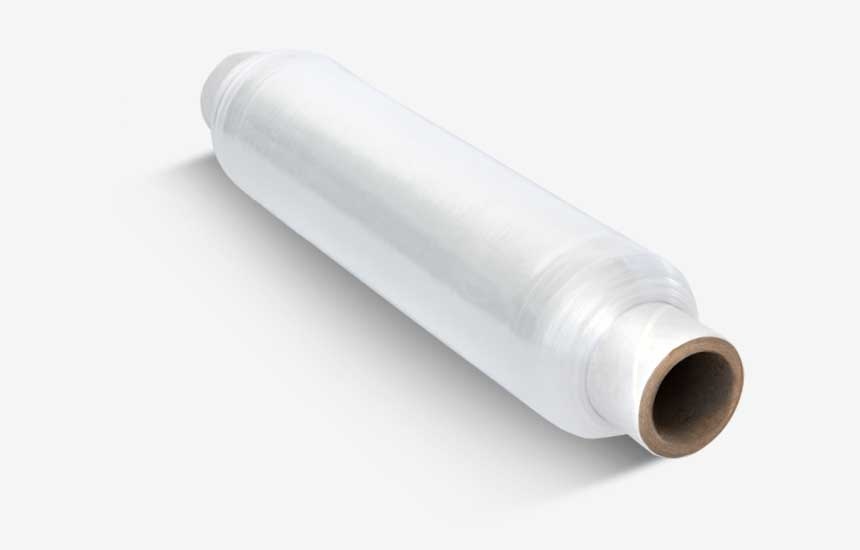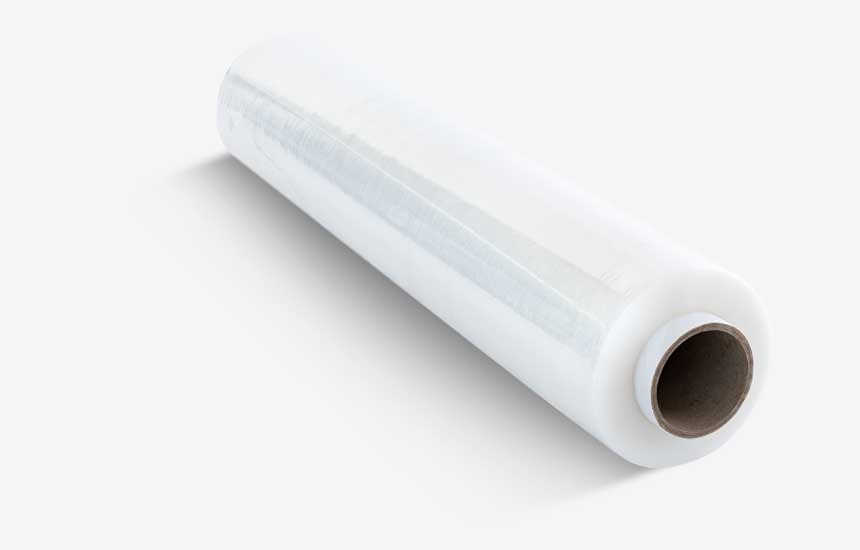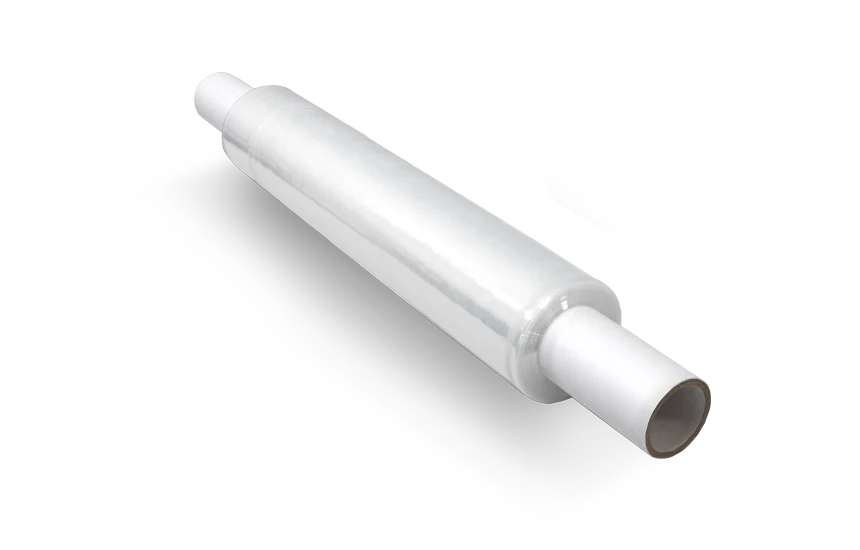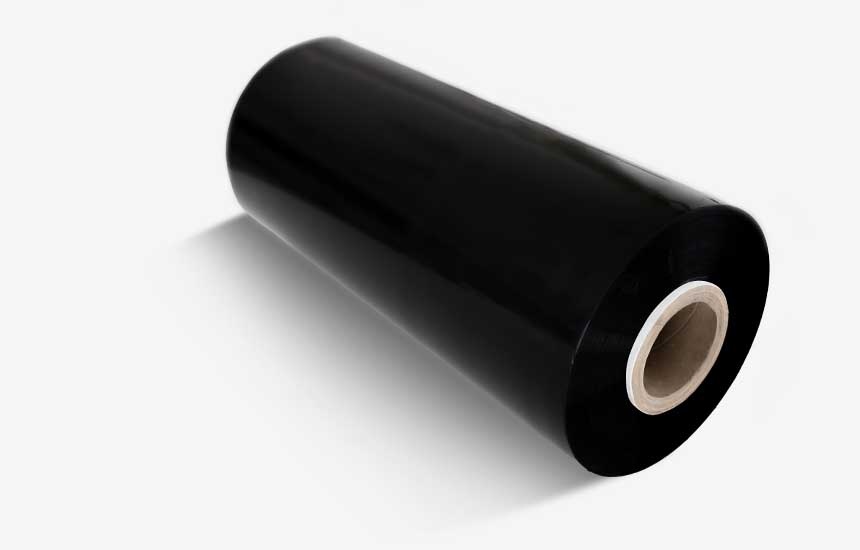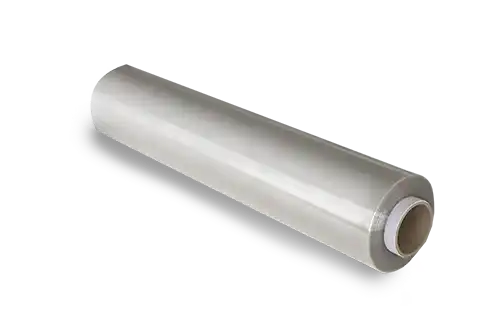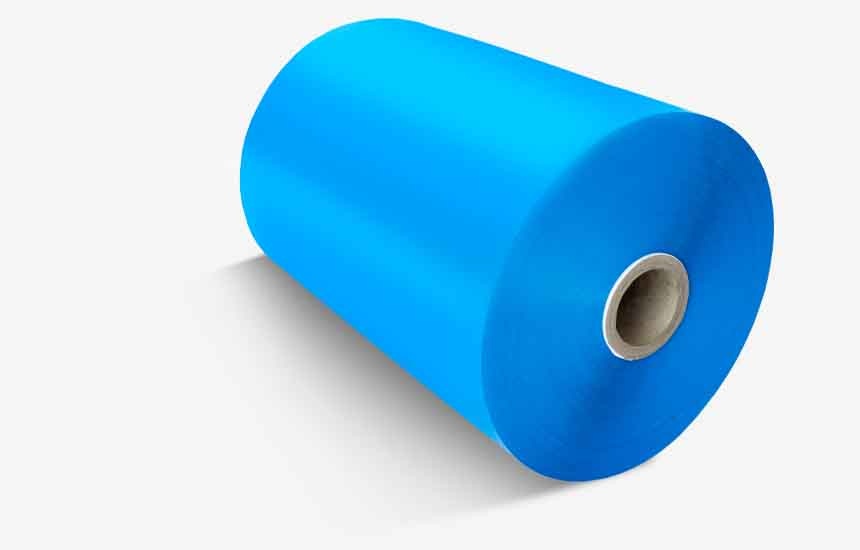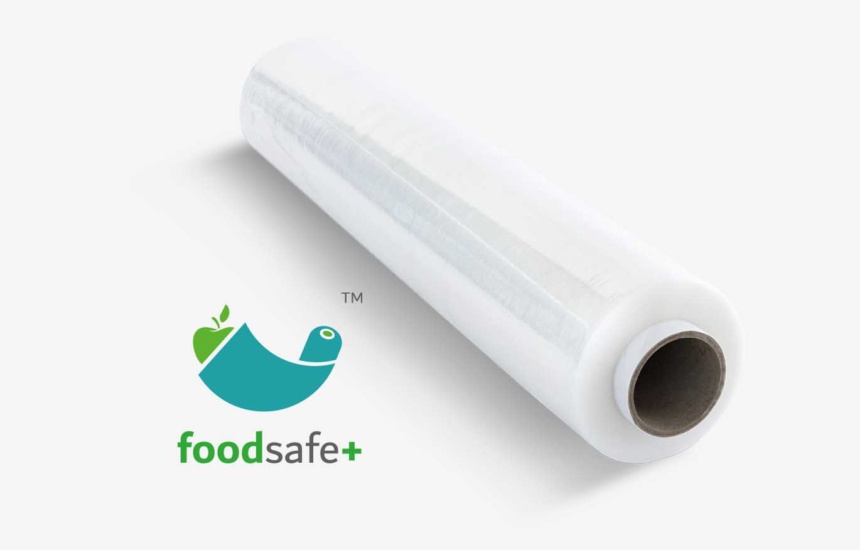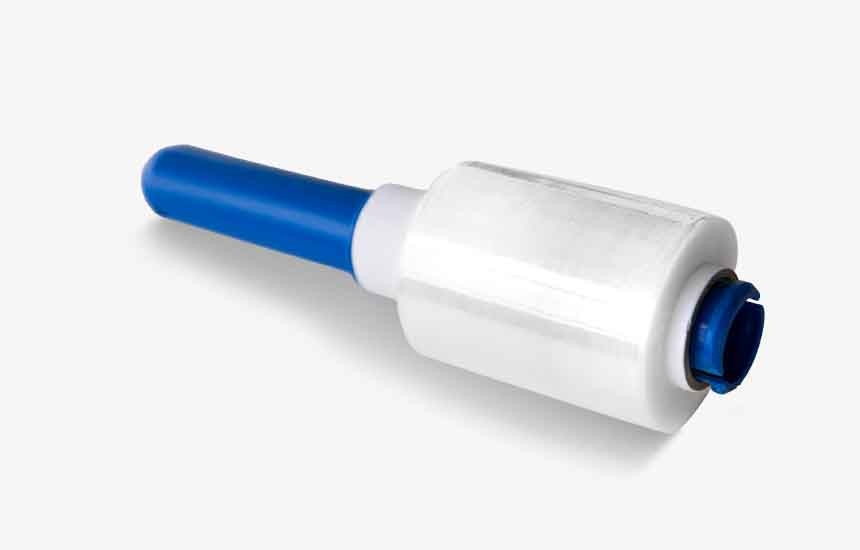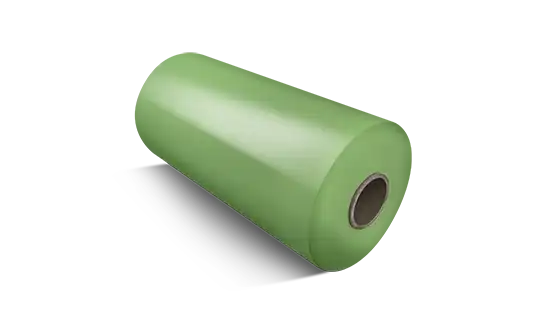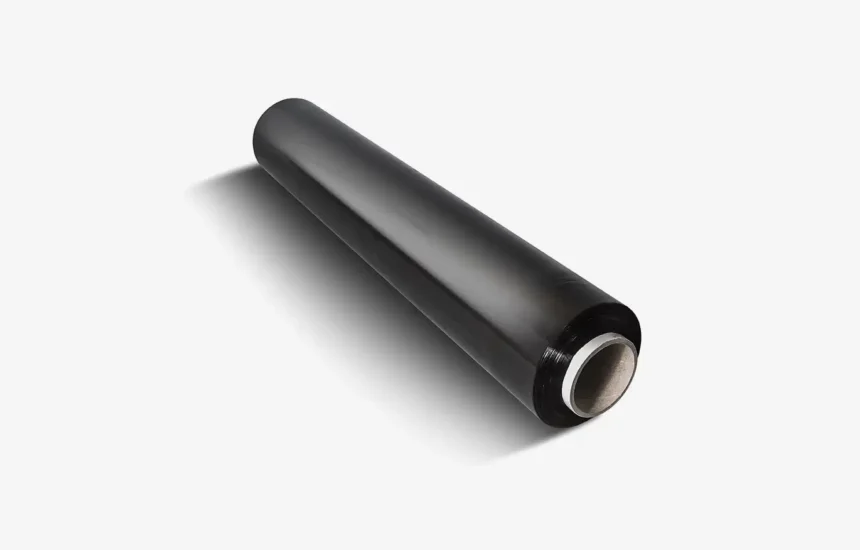Wrapping and packaging film for pallets
Wrapping film is a type of thin, flexible and durable film that is used to wrap and protect various items, especially food, to keep it in good condition. Wrapping film can be available in different thicknesses and sizes. It is used to wrap and store food, as well as to protect items from moisture or other external factors.
What transparent films are used for
Transparent films are used for a variety of purposes, depending on their thickness and strength. They can be used to pack and protect a range of items, including food, to create packaging, to protect furniture or floors during removals and even to create artificial flowers or decorations. Transparent films can also be used to protect from rain or sun, for example in the form of a tarpaulin or tent.
Why use stretch film?
Stretch film is very flexible and can be used to pack a variety of items, including irregularly shaped items. Thanks to its flexibility, stretch film holds items well together, which prevents them from being damaged during transport or storaging. In addition, stretch film is durable and tear-resistant, providing extra protection for the items it packs.
History of stretch film
Stretch film is a type of plastic film that was invented in the 1950s. Originally, it was mainly used to pack food products such as vegetables and fruits. Over time, due to its flexibility and strength, it began to be used to pack an increasing number of different items, including furniture, electronics and other products.
Today, stretch film is one of the most popular types of protective packaging, used in a wide range of industries, from the food industry to the furniture industry. It is valued for its flexibility, strength and ease of use, as well as being environmentally friendly and recyclable.
What types of stretch film are there
There are many types of stretch film, depending on its thickness, the material it is made from, how it is applied and other characteristics. The most common types of stretch film are:
- Manual stretch films: these are thin, flexible films that are manually applied to parcels using a special stick or hand roll. They are good for packing smaller or fragile items.
- Machine stretch films: these are thicker, more robust films that are applied using special packaging machines. They are suitable for packing larger or heavier items.
In addition to these basic types, there are other types of stretch films, such as films with increased tear resistance, films with special anti-static properties or films with thermal insulation properties. You can read more about film enhancements in the technologies and enhancements category.
Is stretch film environmentally friendly?
Stretch film is made from plastic, so like other products made from this material it can have a negative impact on the environment if it is not recycled. However, unlike other types of packaging such as cardboard boxes, stretch film is very lightweight and space-saving, which significantly reduces the amount of waste generated during transport and storage. Thin stretch films in particular are categorised as environmentally friendly films. The pre-stretch film of our production reduces stretch film waste by 60%.
Coloured stretch films
Coloured stretch films can be an interesting solution in many situations when we want to give parcels a more attractive appearance or increase their recognisability. Coloured stretch film can be used to mark parcels with a particular type of product, making it easier to segregate and organise them in the warehouse or shop.
In addition, coloured stretch film can be used to decorate gift parcels, making them more attractive to recipients and more fun to open. Thanks to the wide range of colours available on the market, you can match the colour of the film to a specific occasion or to your own preferences.
Coloured stretch film can therefore be an interesting addition to the standard white film that is used for packaging parcels. Thanks to its flexibility and strength, it will provide the same protection for the items as the white film, plus – it will give the parcels an attractive appearance.
Wrapping a pallet with stretch film or paper? Which is better?
Stretch film is better than paper because it has several features that can be beneficial in certain situations. Here are some reasons why stretch film may be better than paper:
- Waterproof: stretch film is waterproof, which means it can be used to protect items from moisture or rain. Paper, on the other hand, is easily soaked in water and can become thinner or damaged when wet.
- Stretch resistance: stretch film is very flexible and can be stretched up to 8 times its length, making it ideal for securing irregularly shaped items or for packaging large items. Paper is not as flexible and can crack or stretch unevenly when stretched.
- Damage resistance: Stretch film is very strong and resistant to mechanical damage, such as tearing or abrasion. This is particularly useful when transporting or storing items that are prone to damage. Paper is more susceptible to damage and can easily crease or tear during movement or storage.
Of course, there are also situations where paper is preferable to stretch film, such as when you need a material that is easy to print or write information on.

